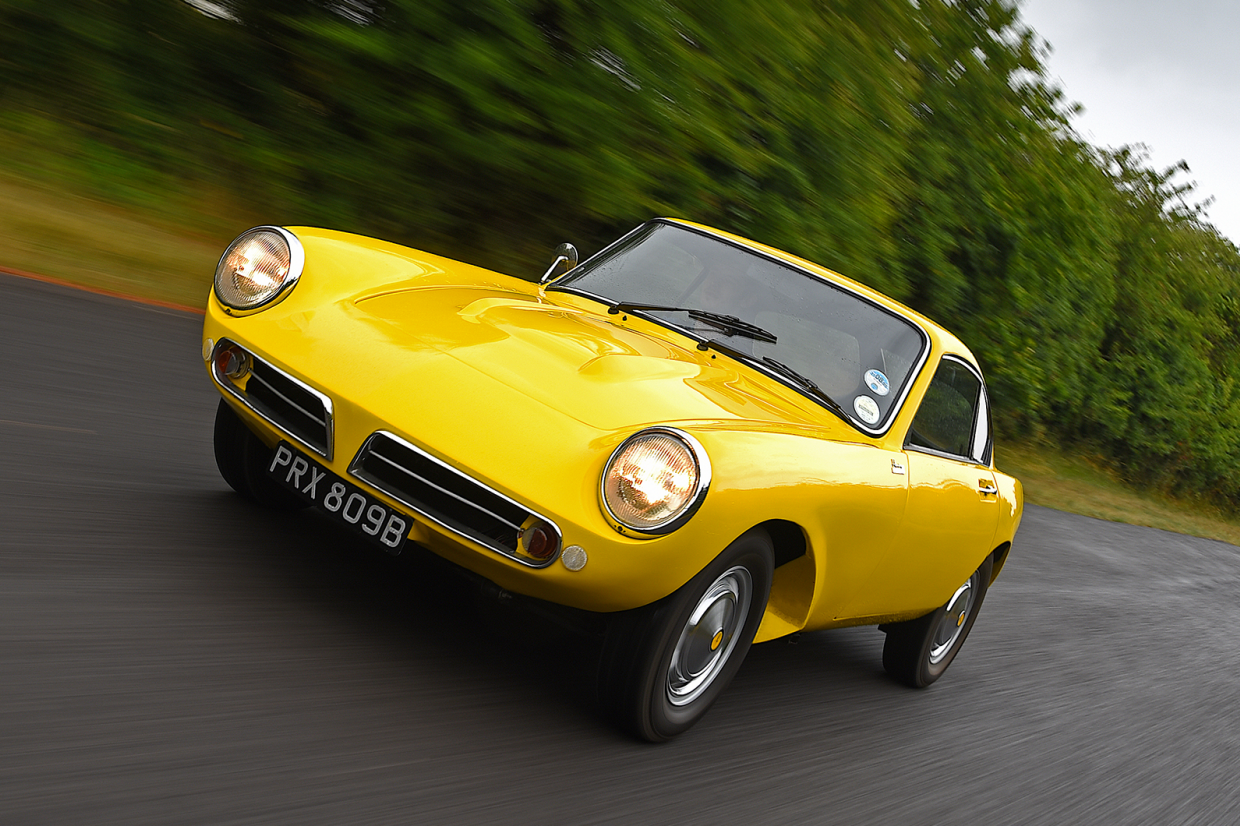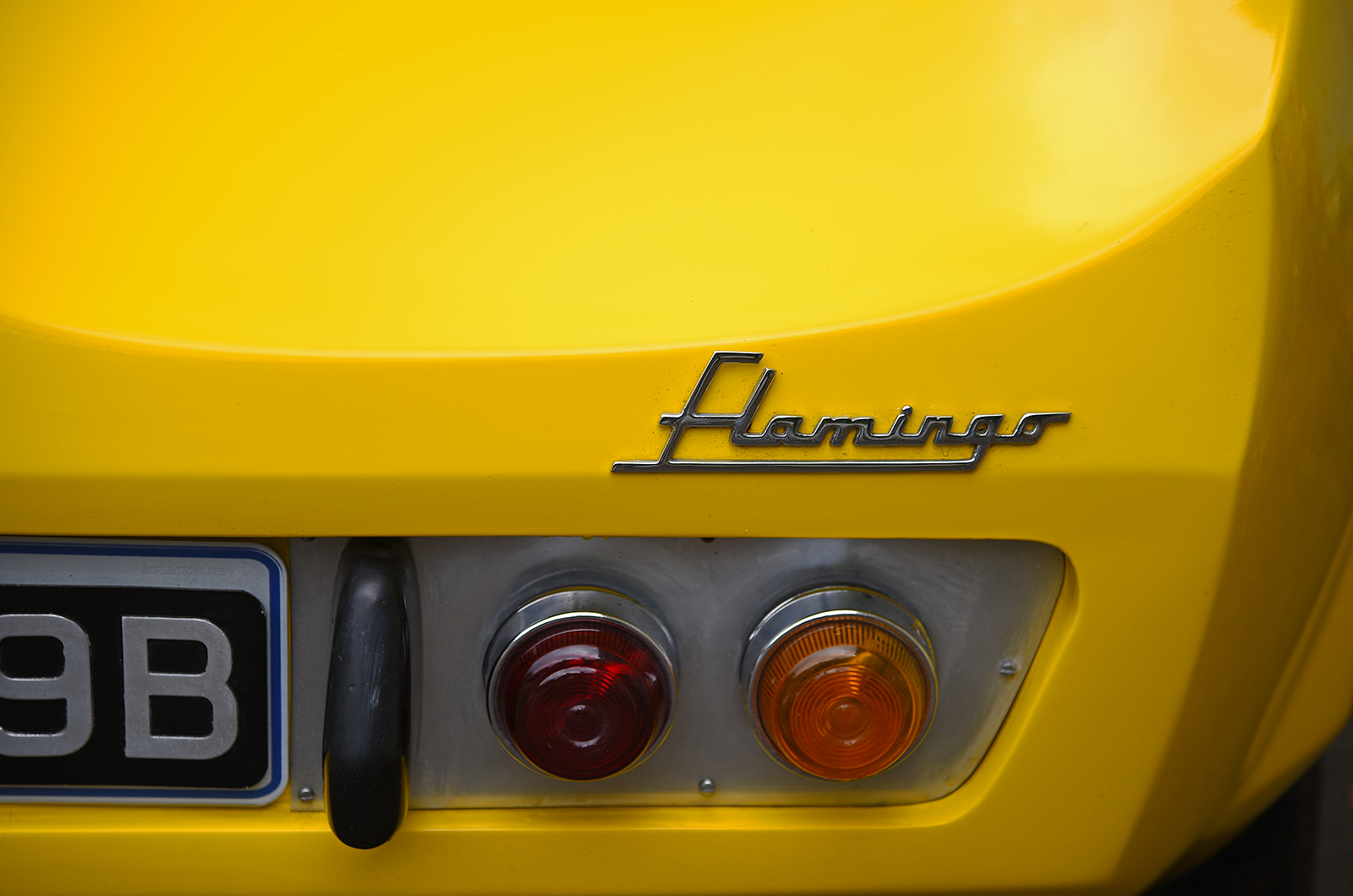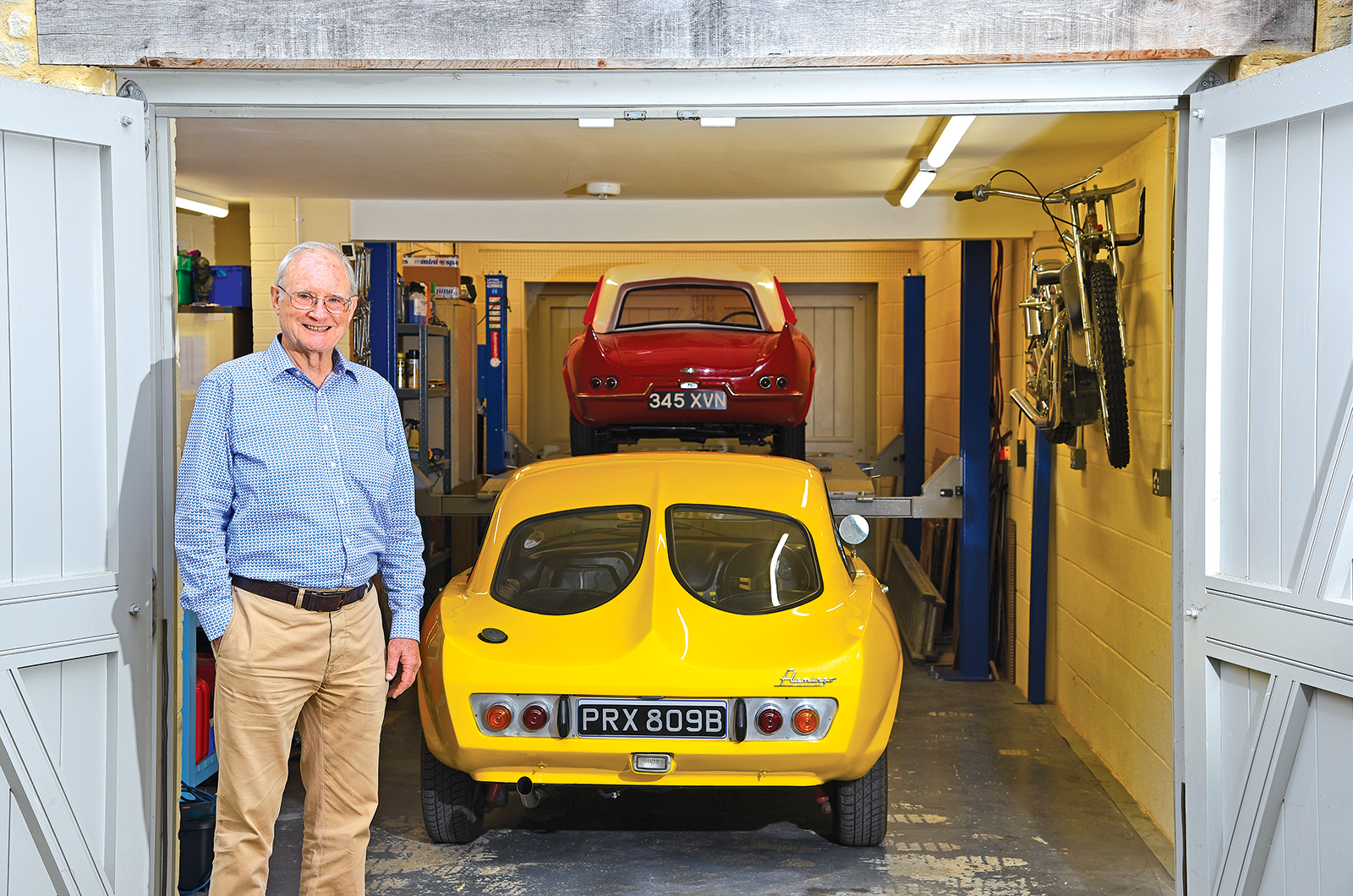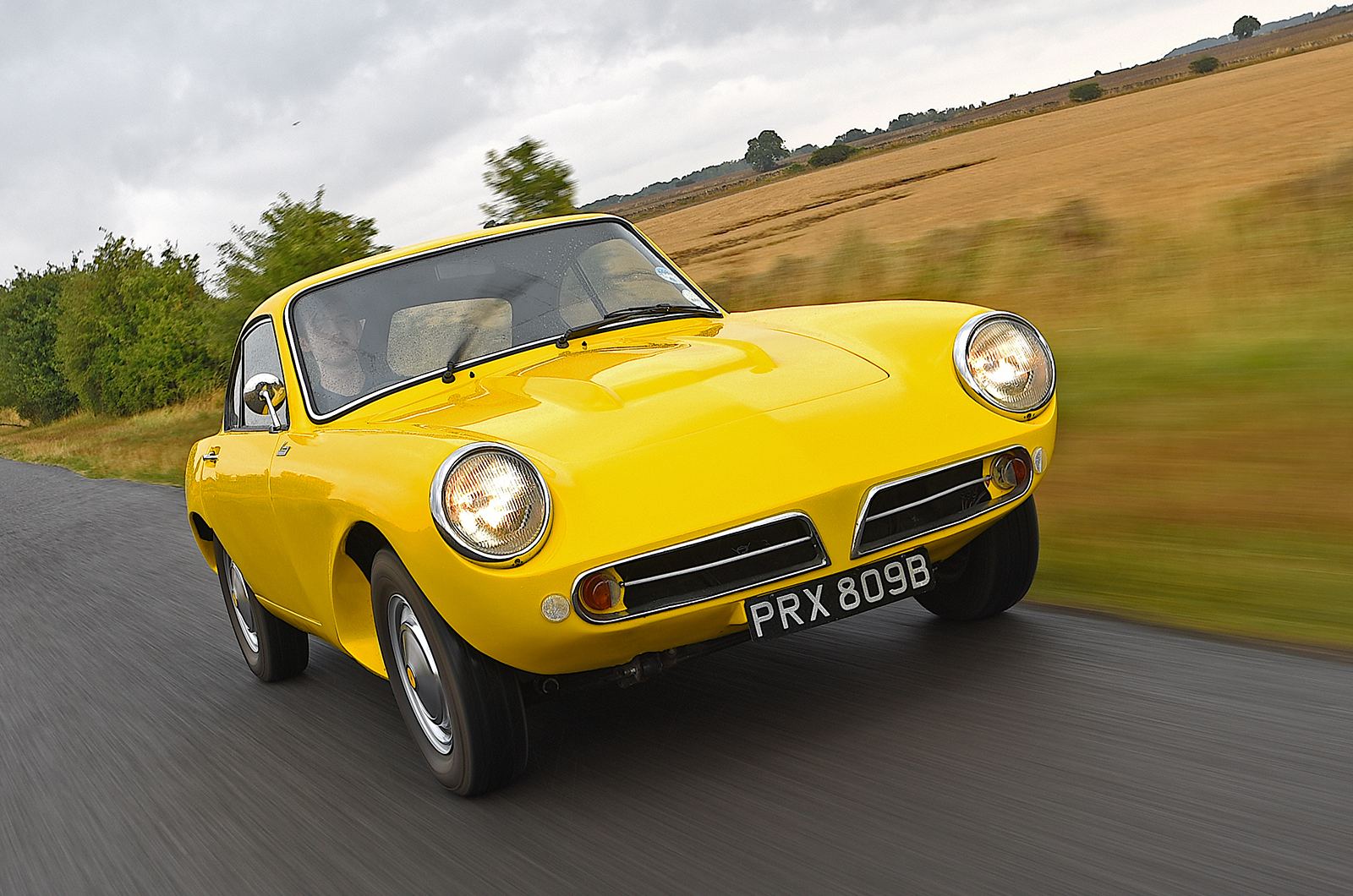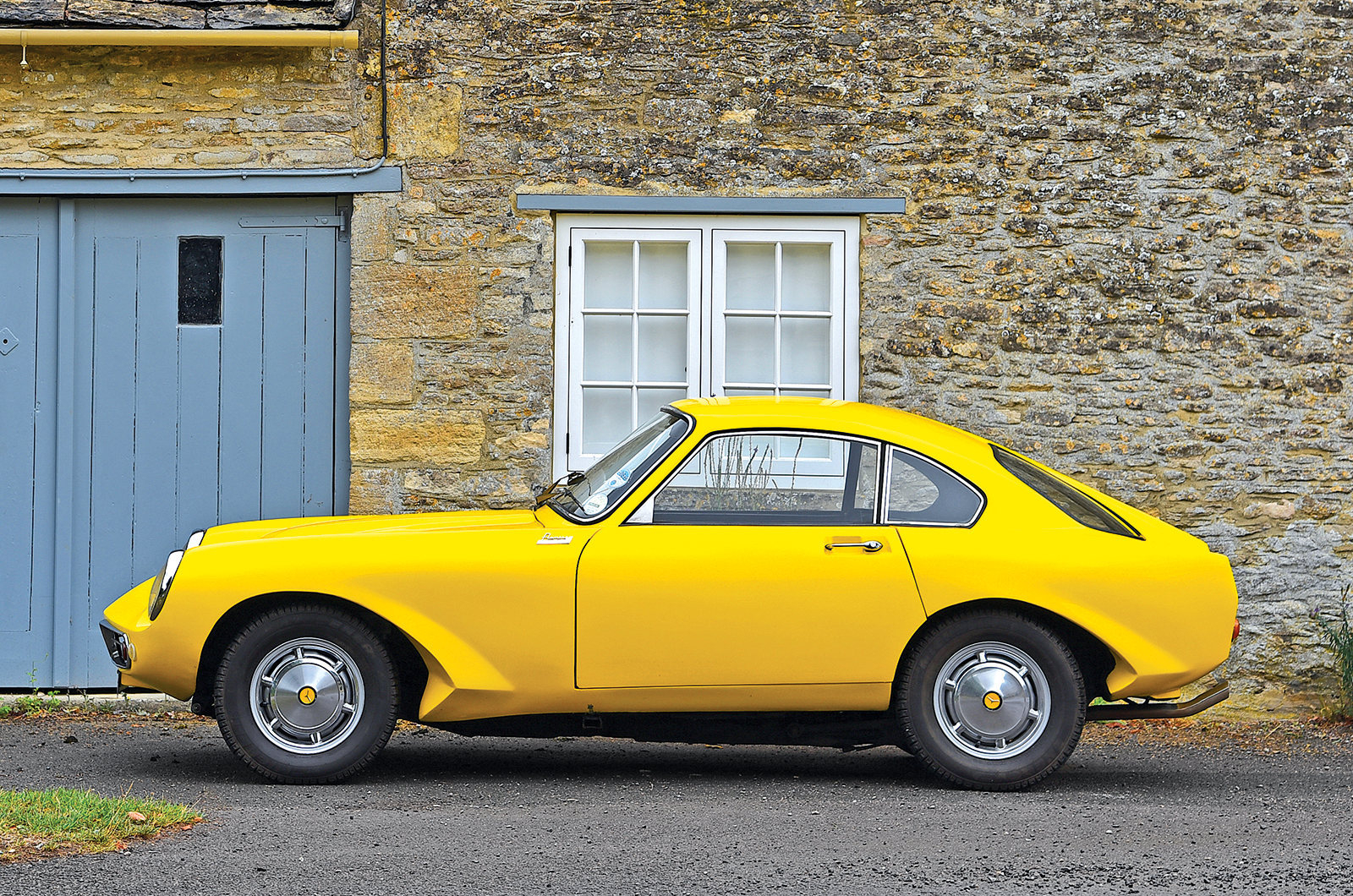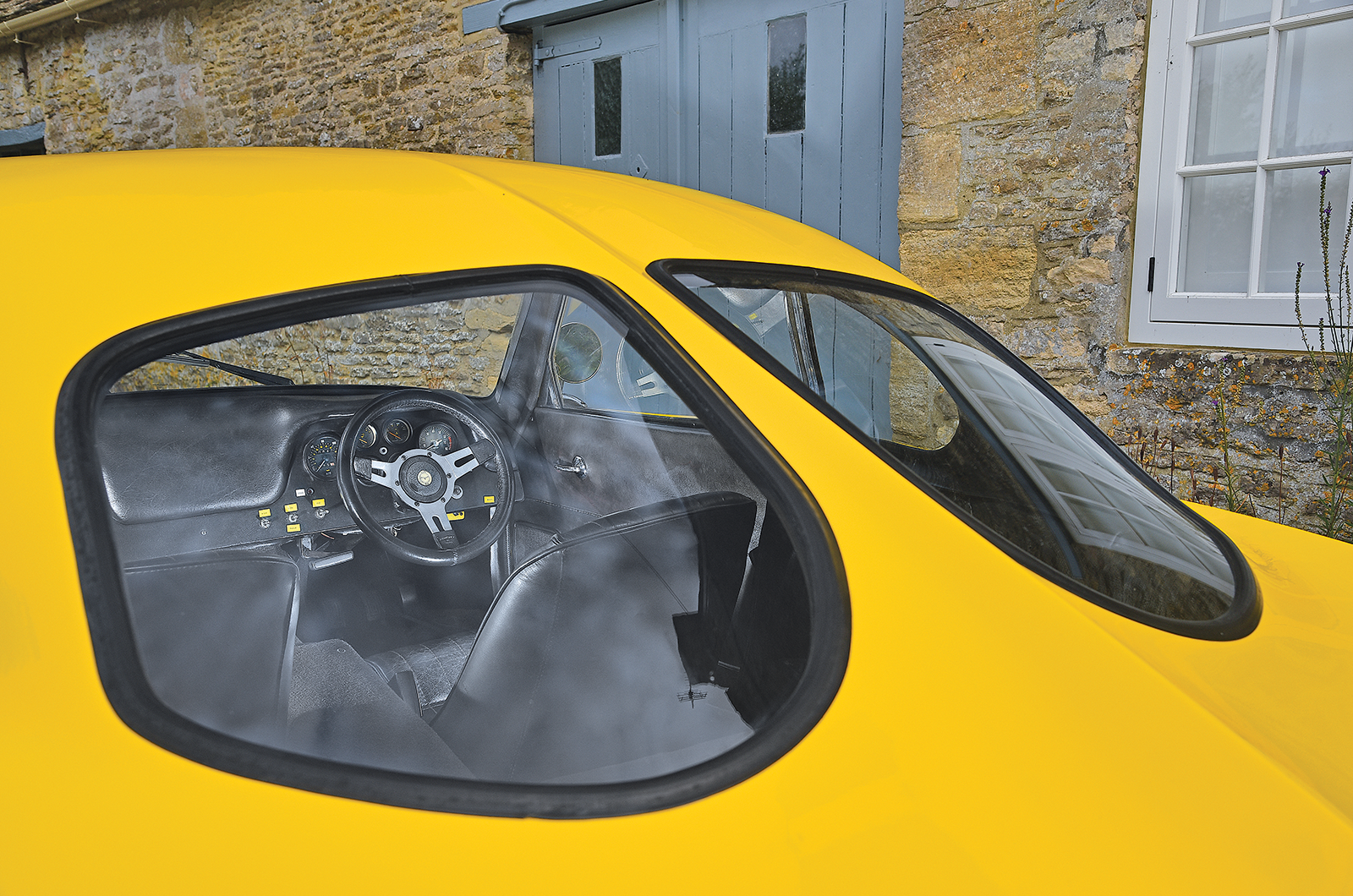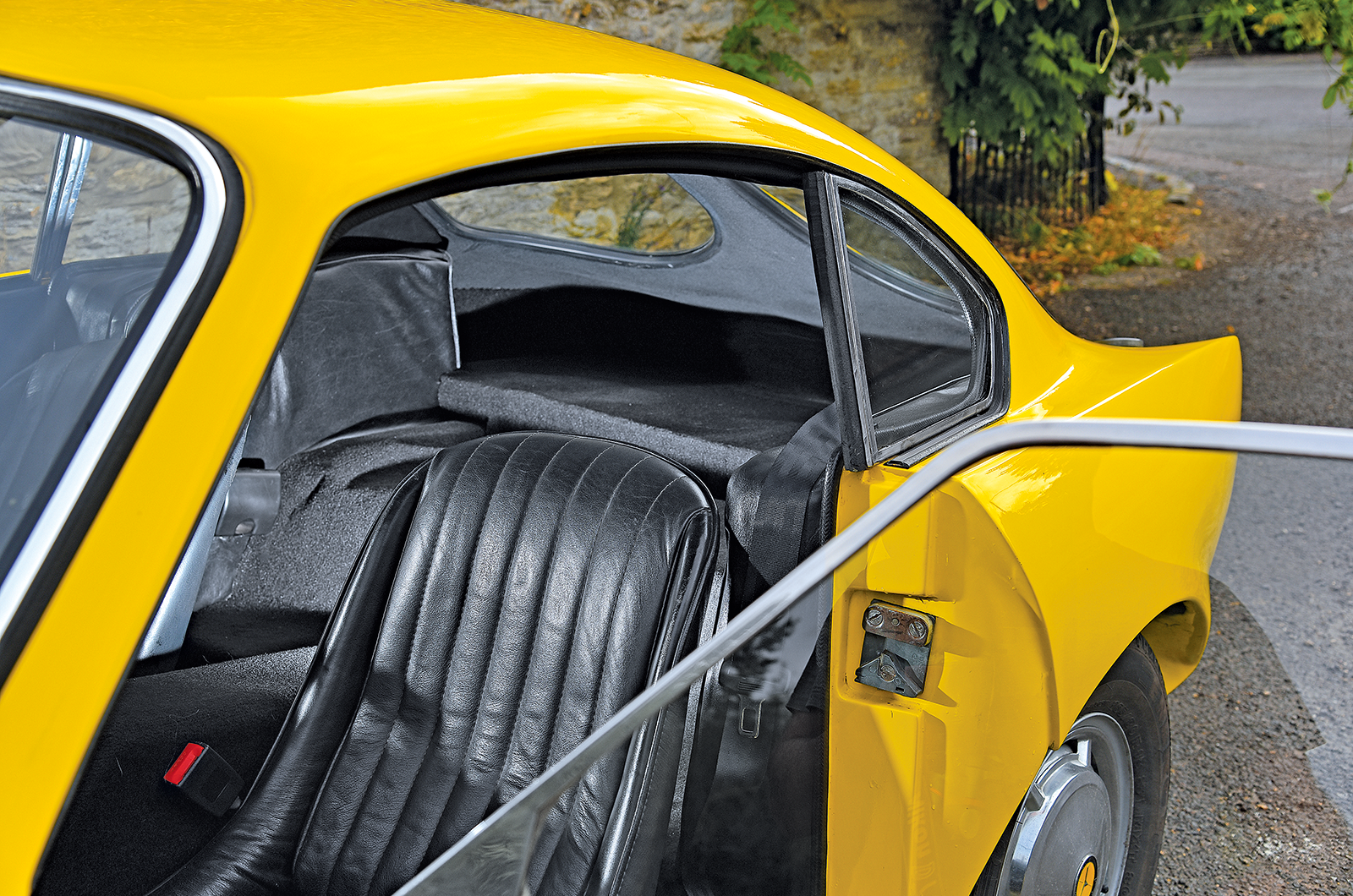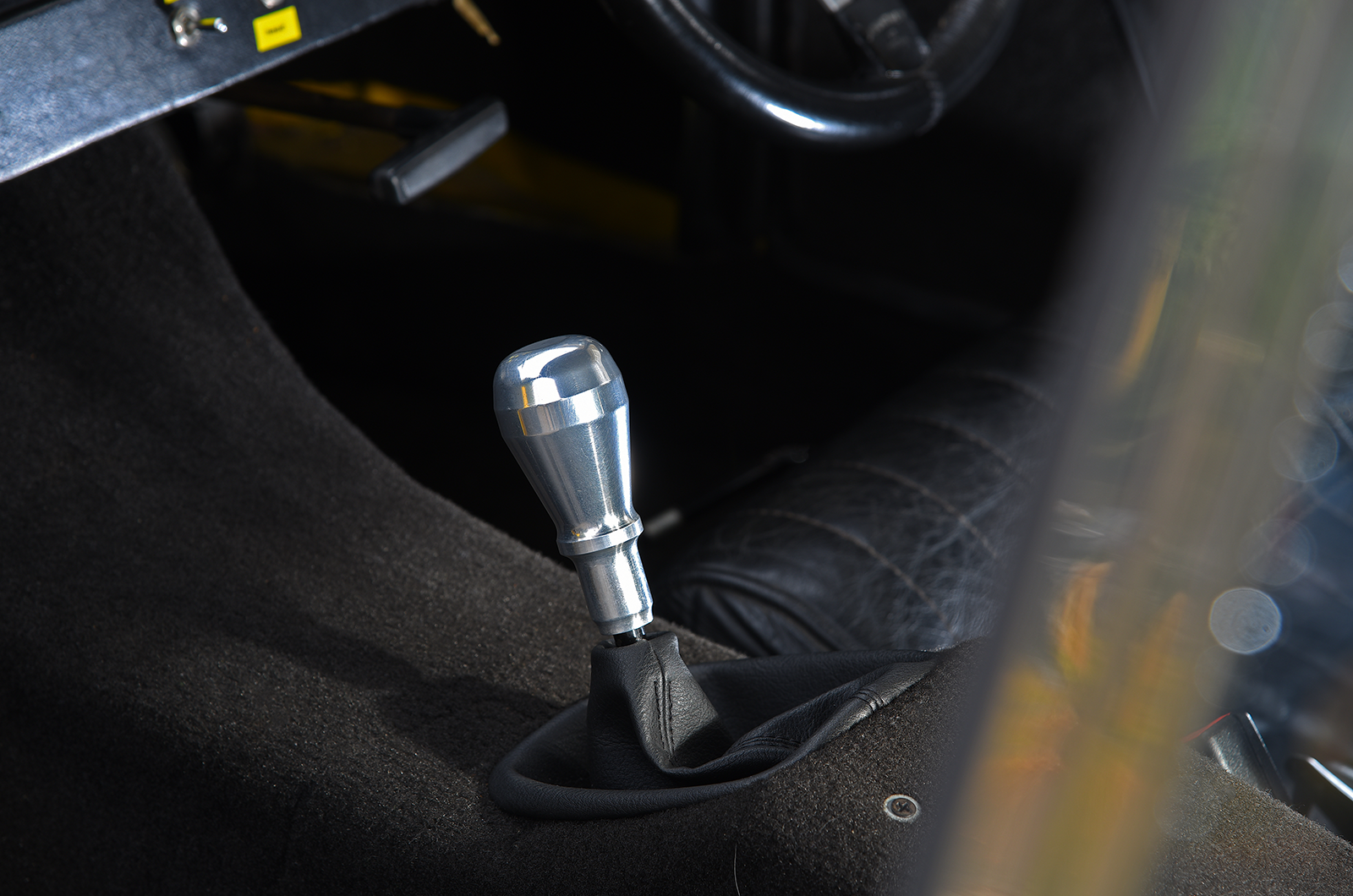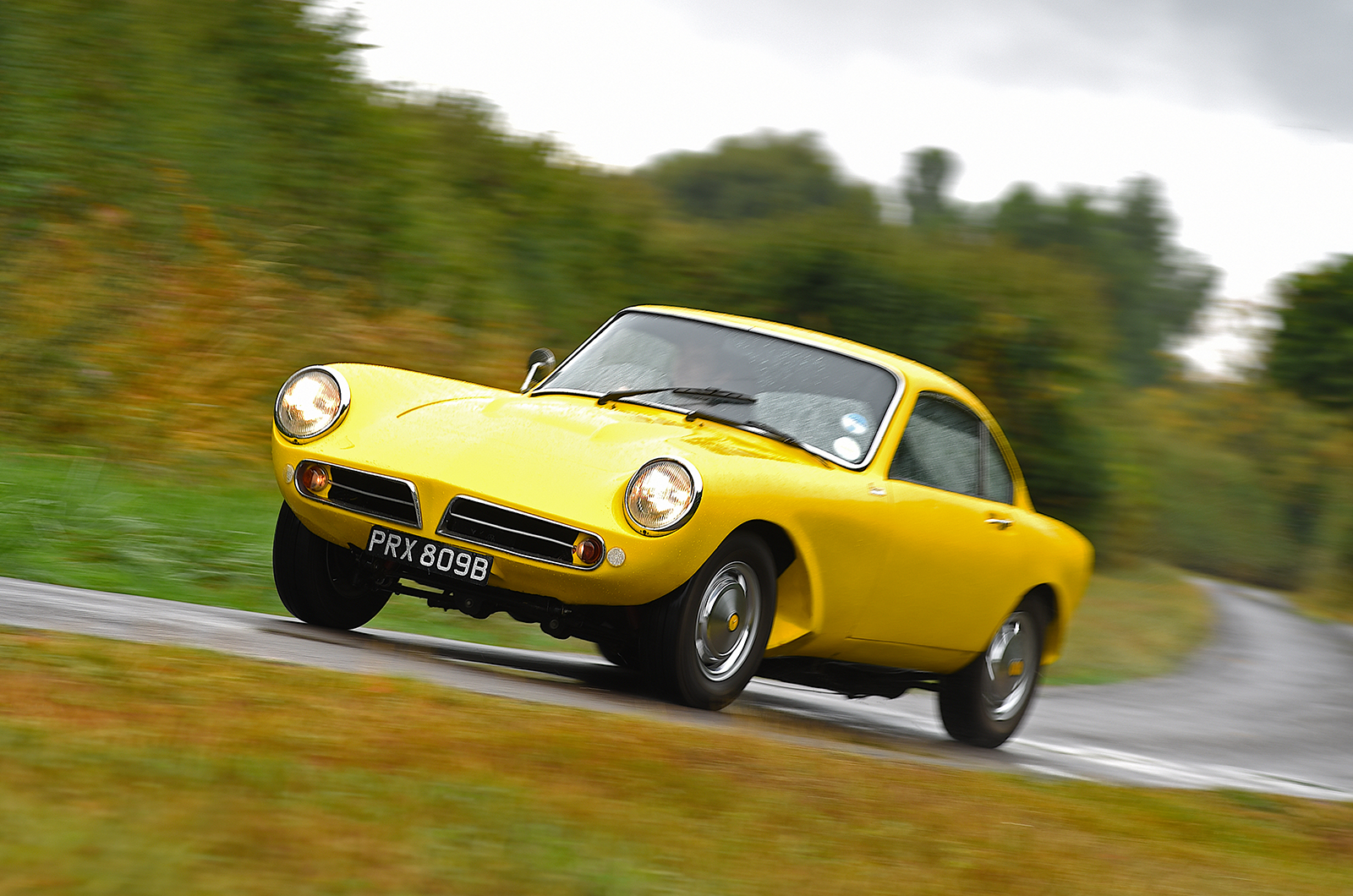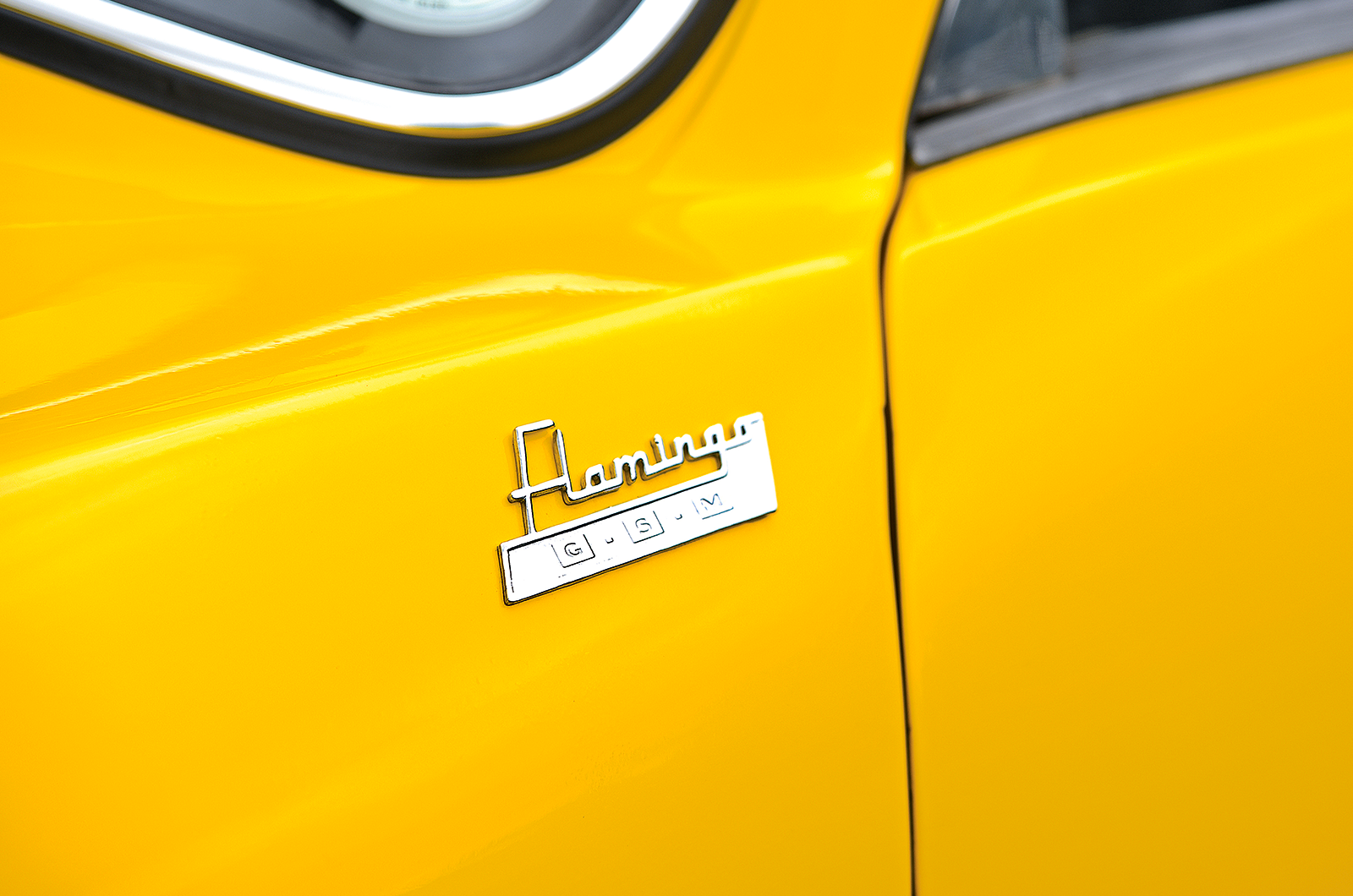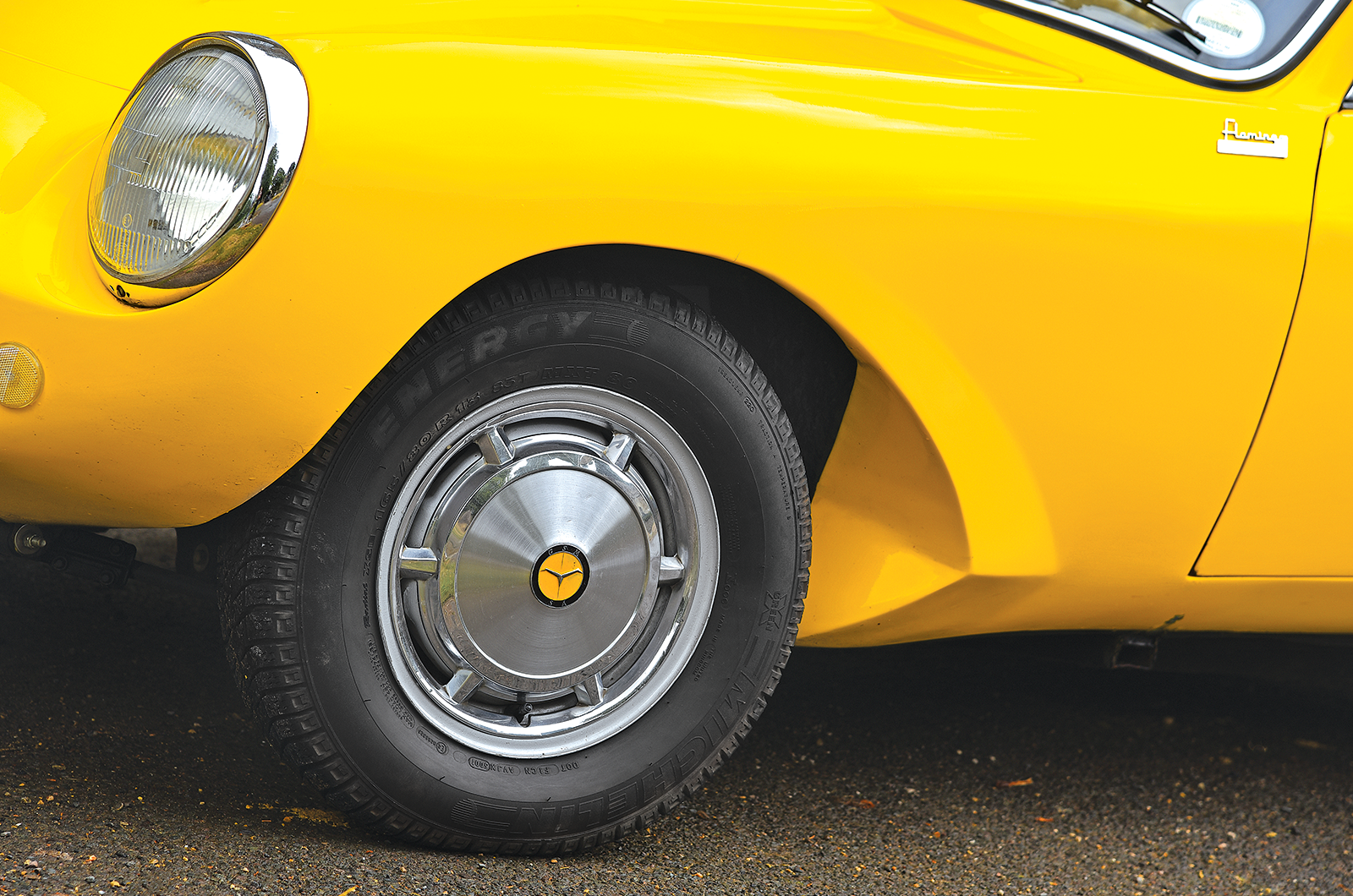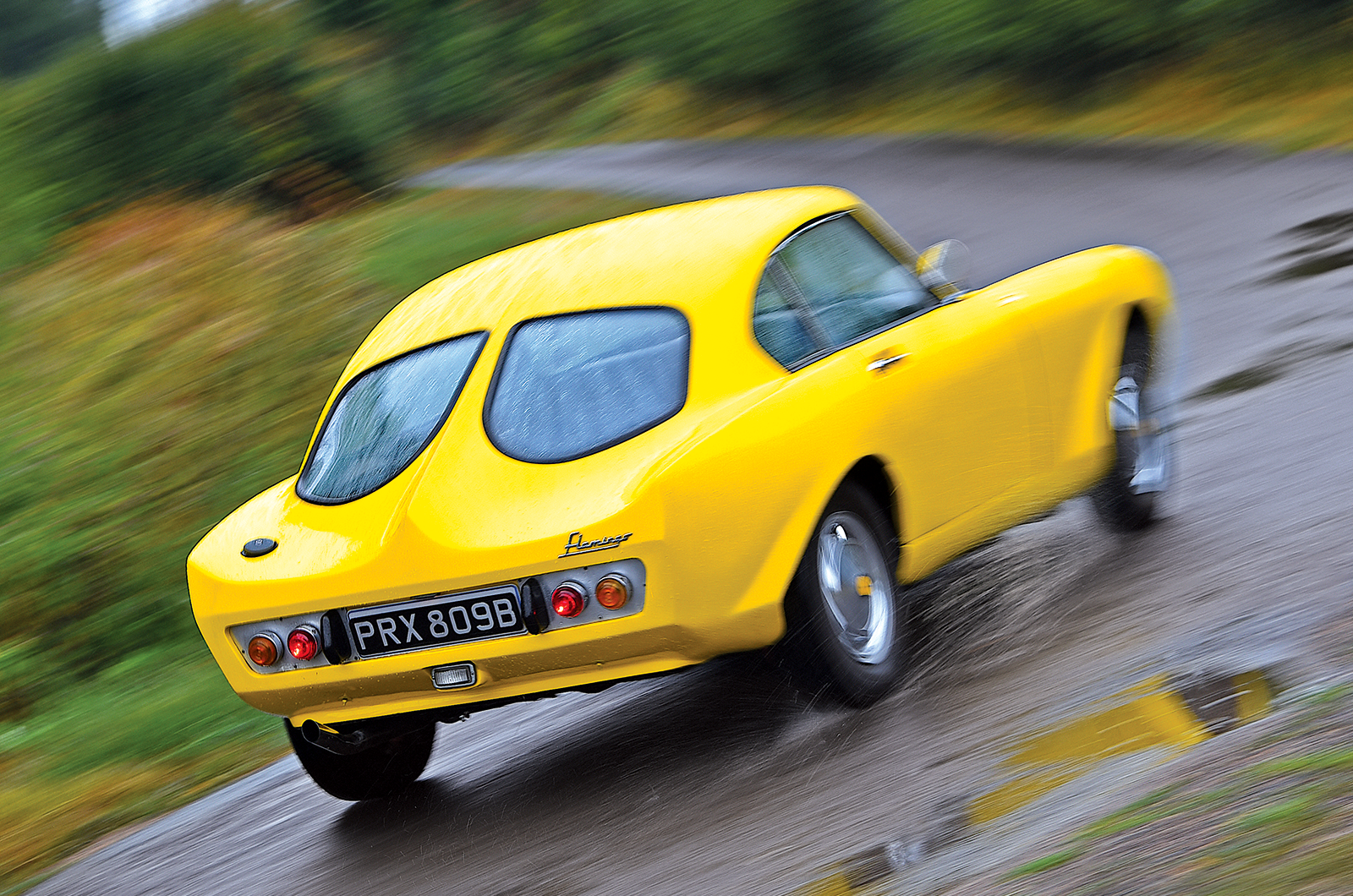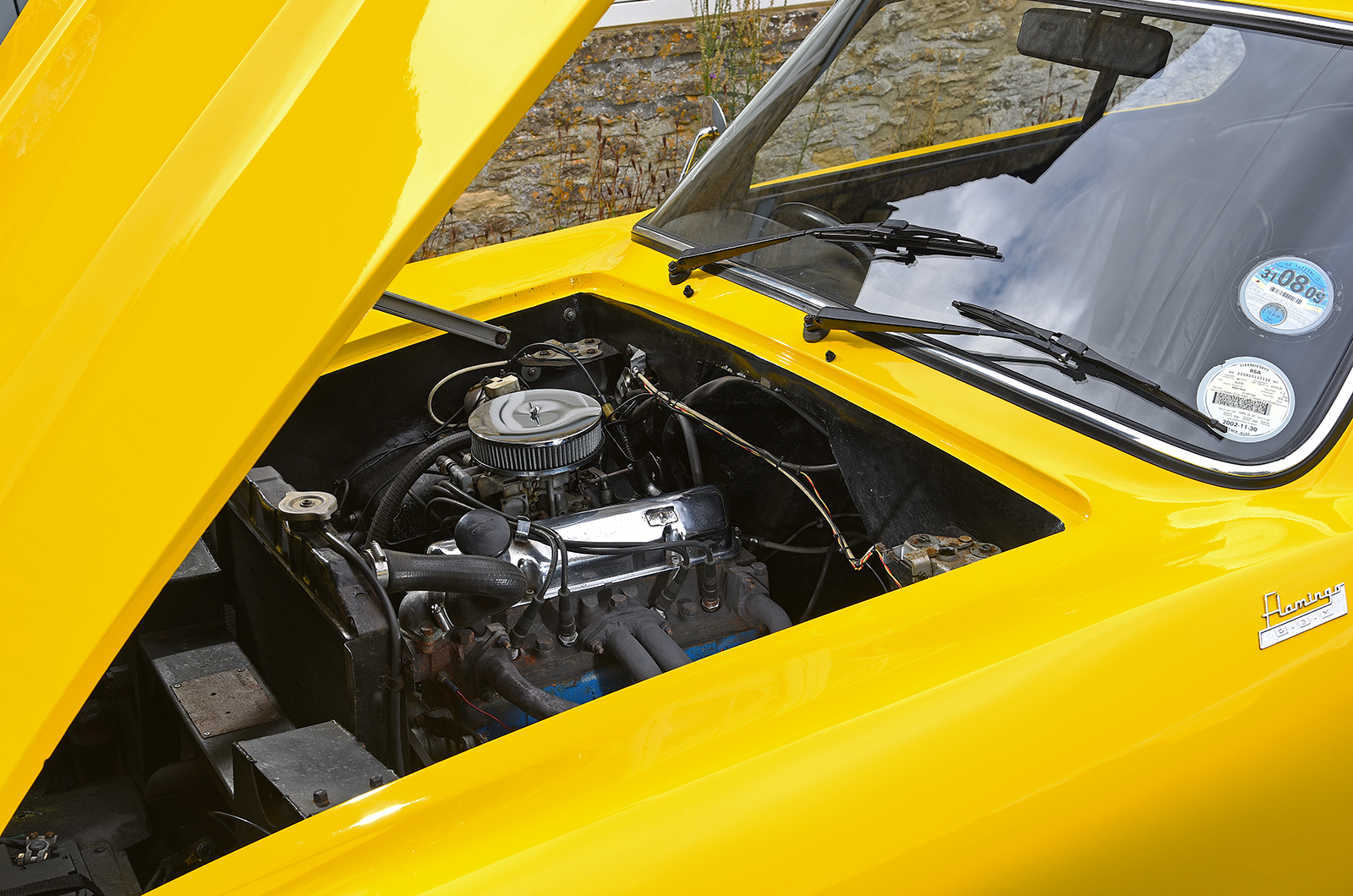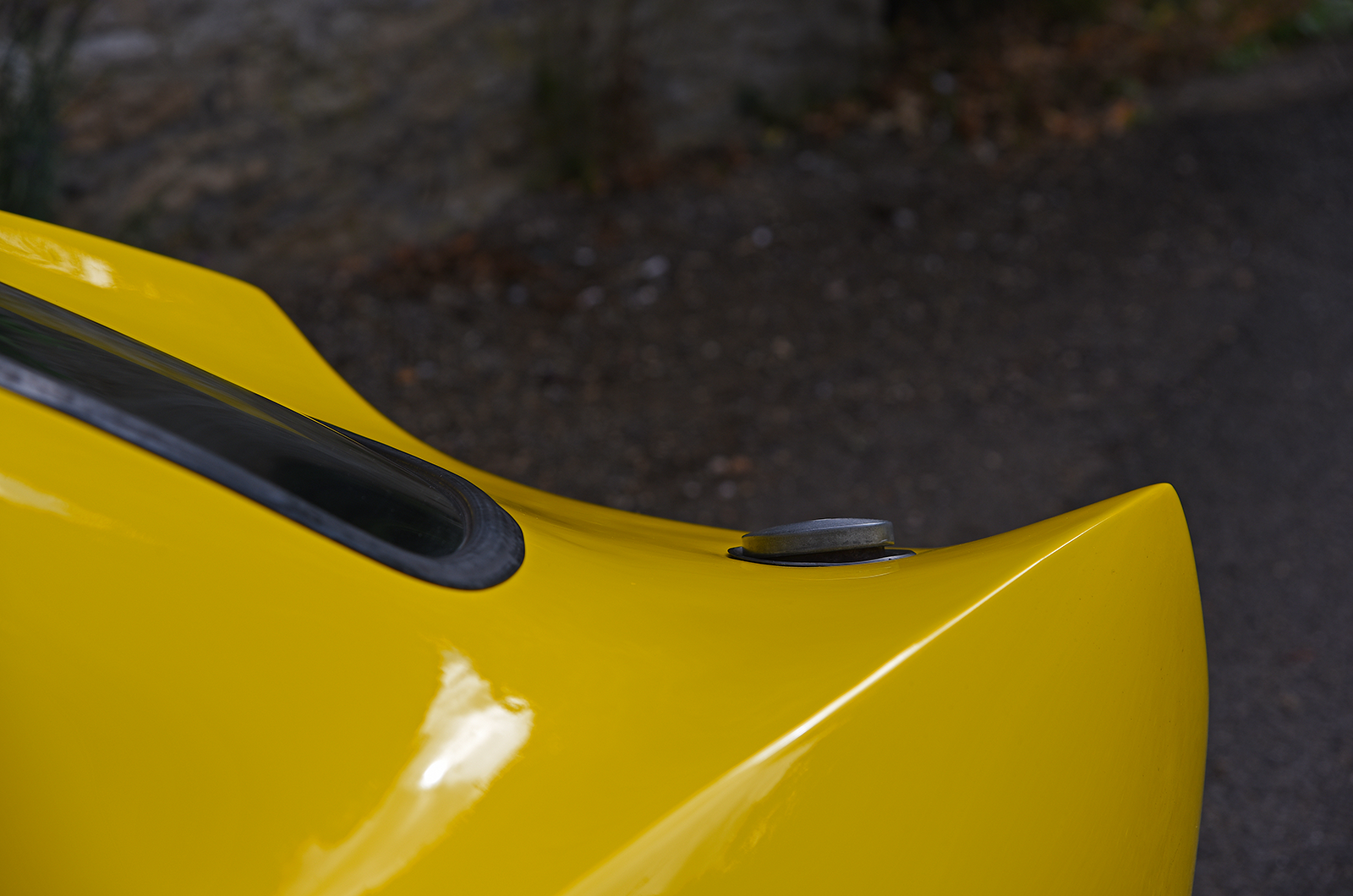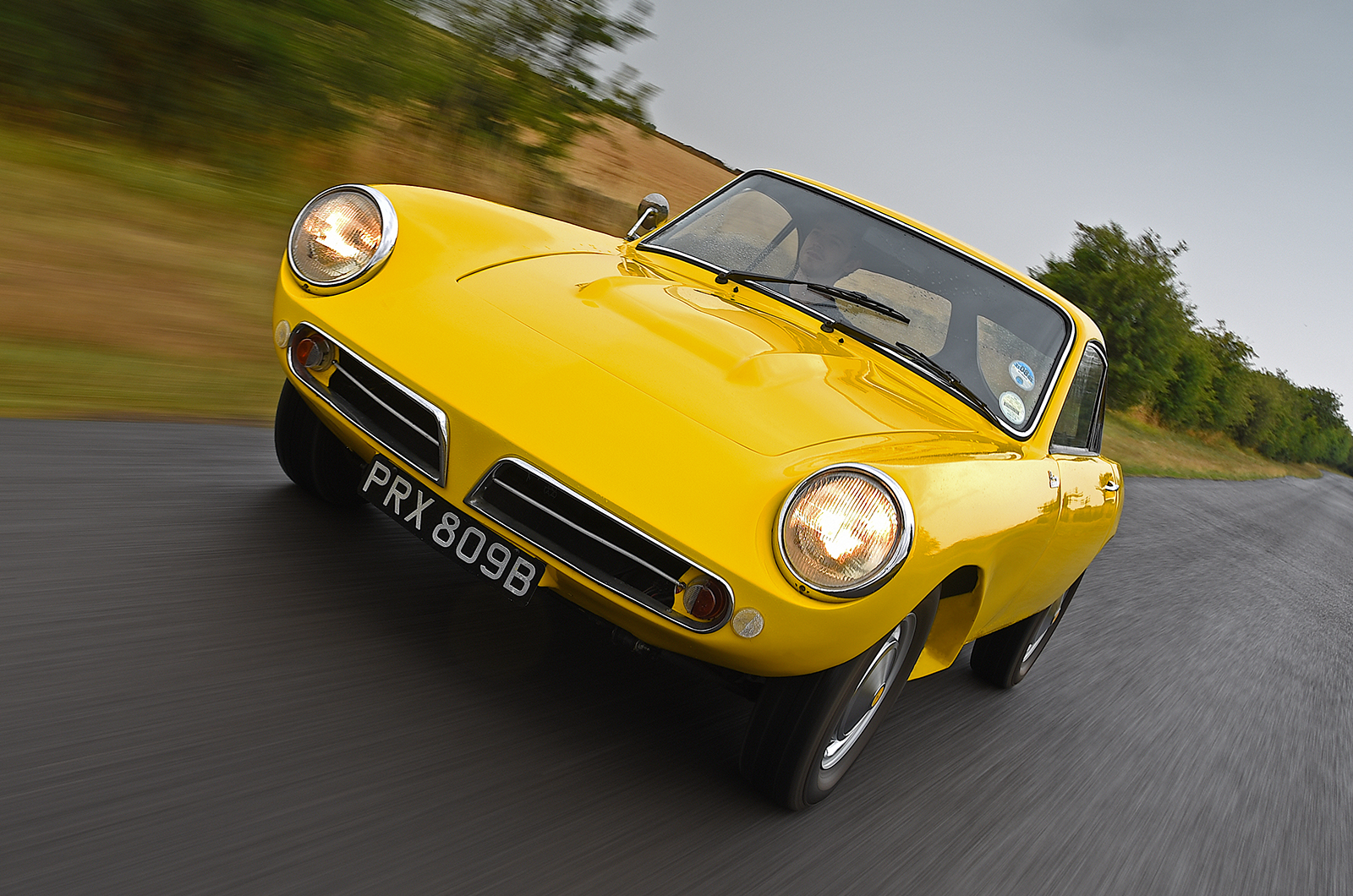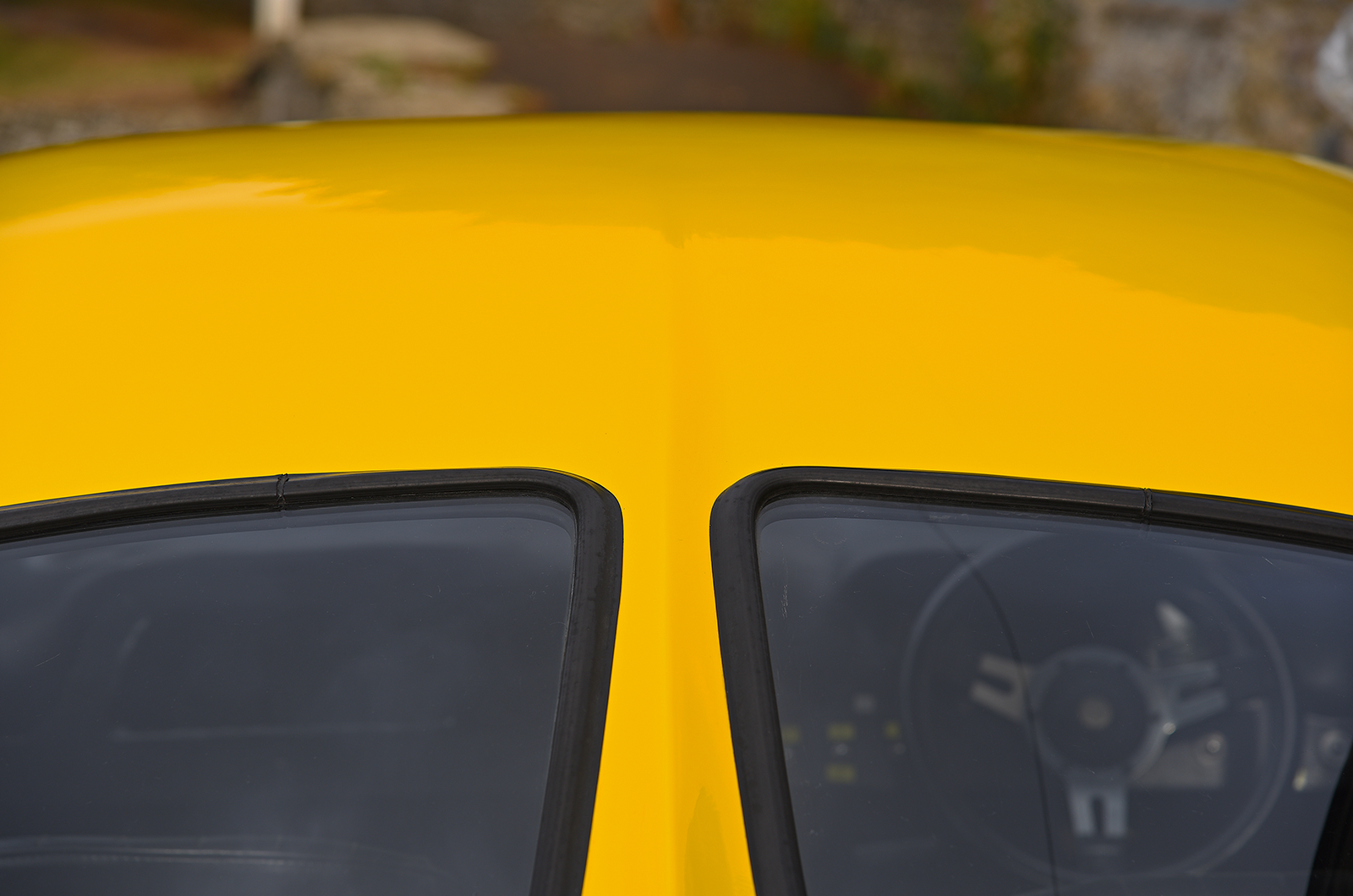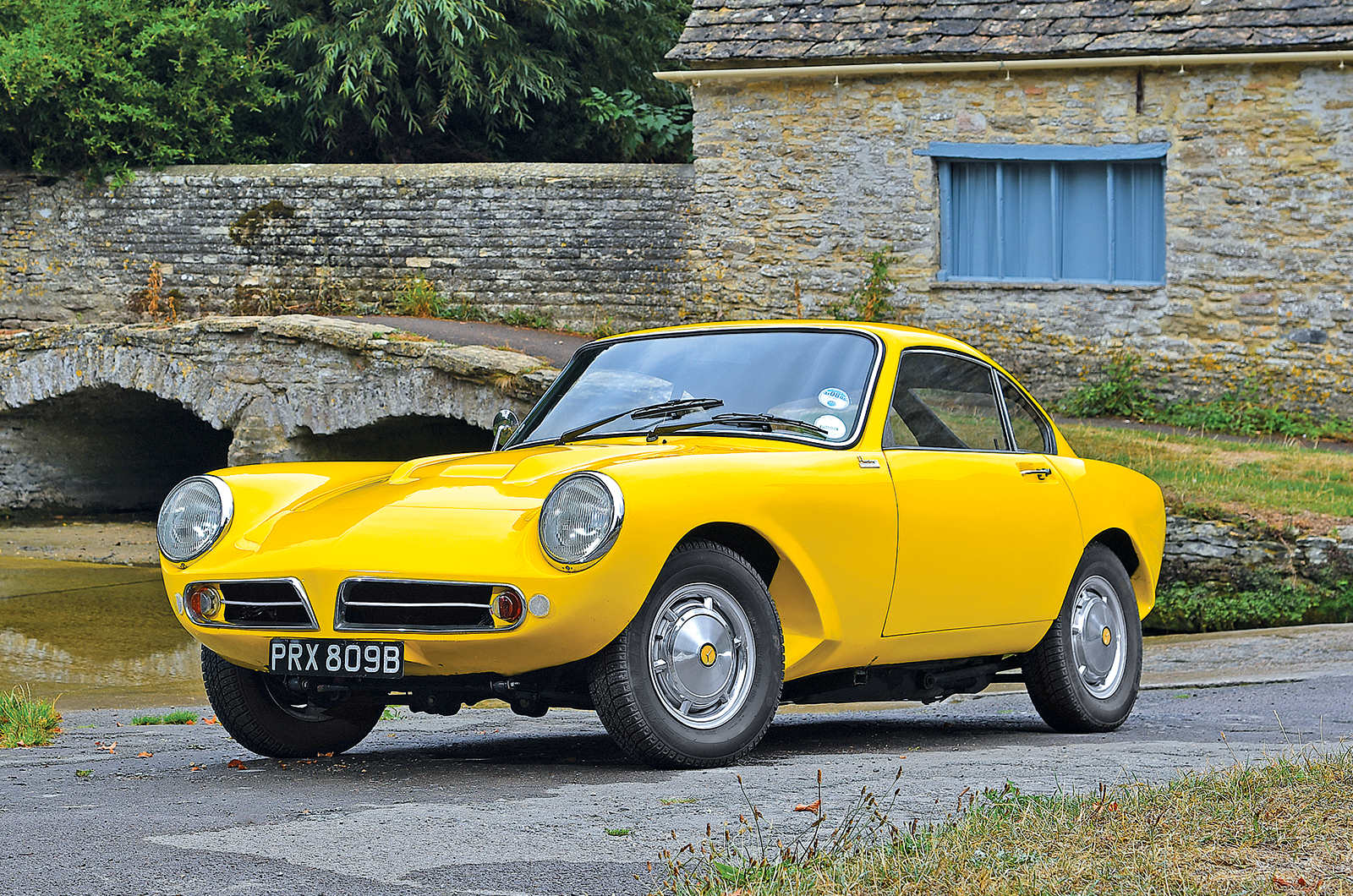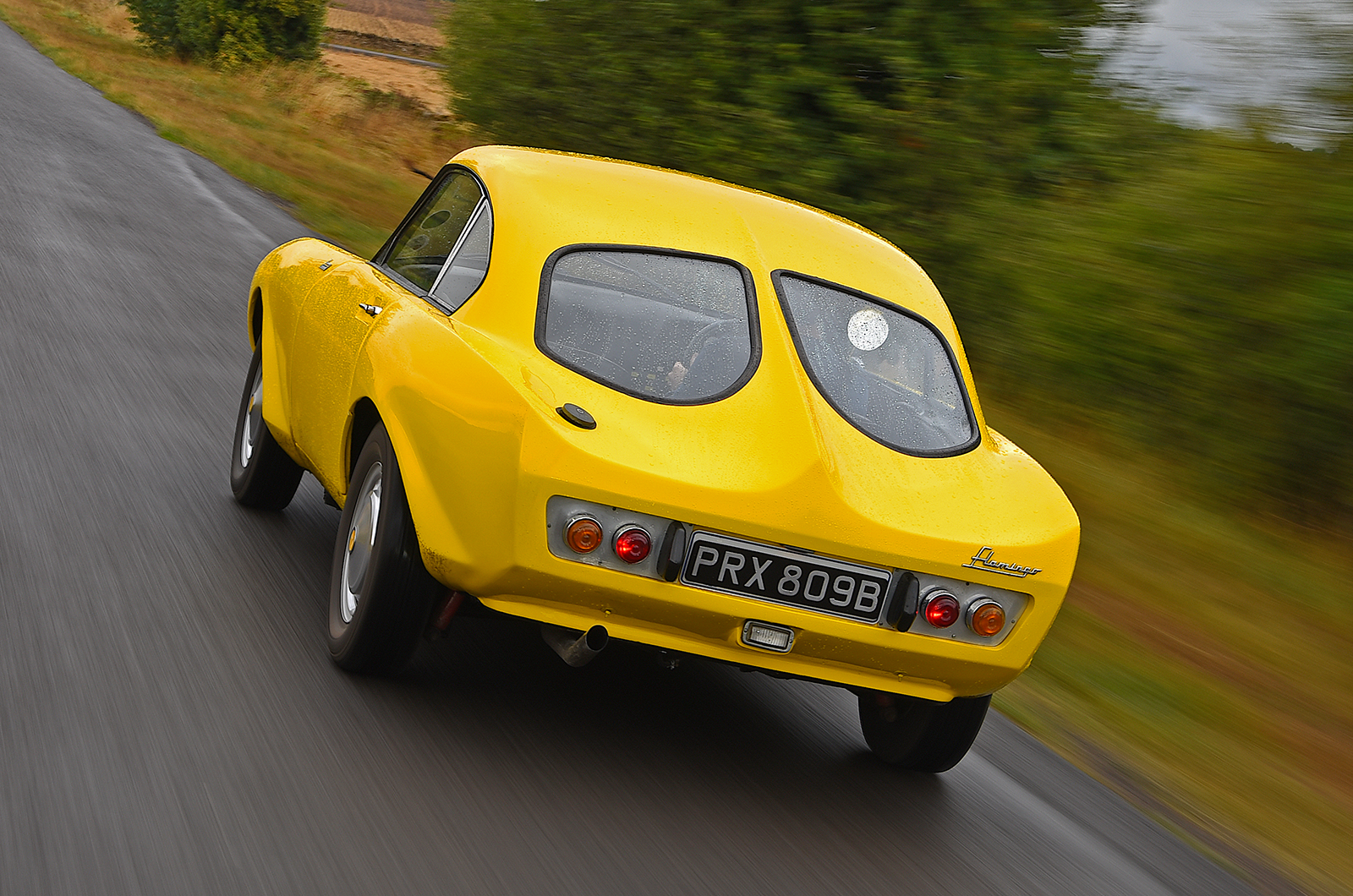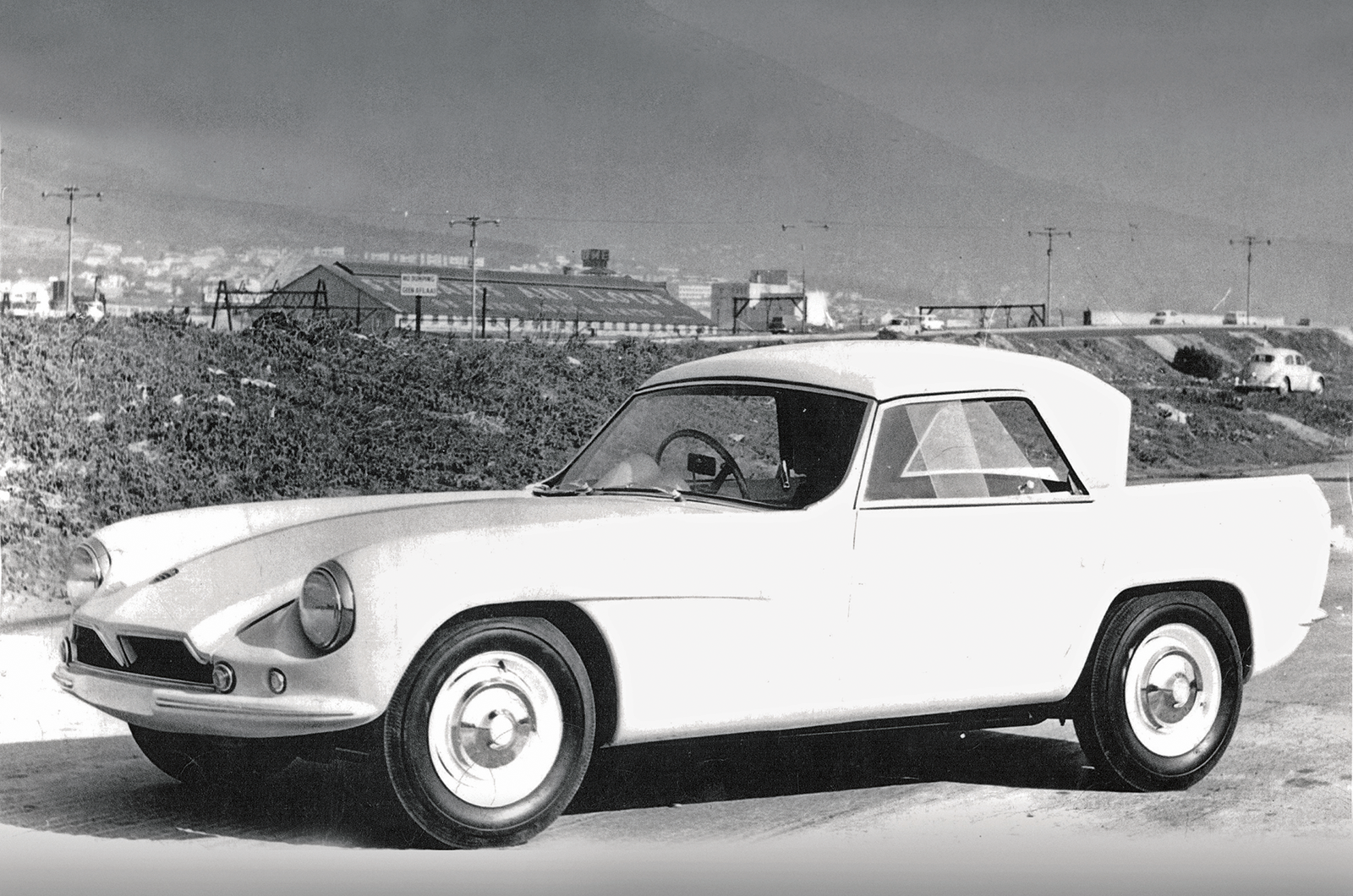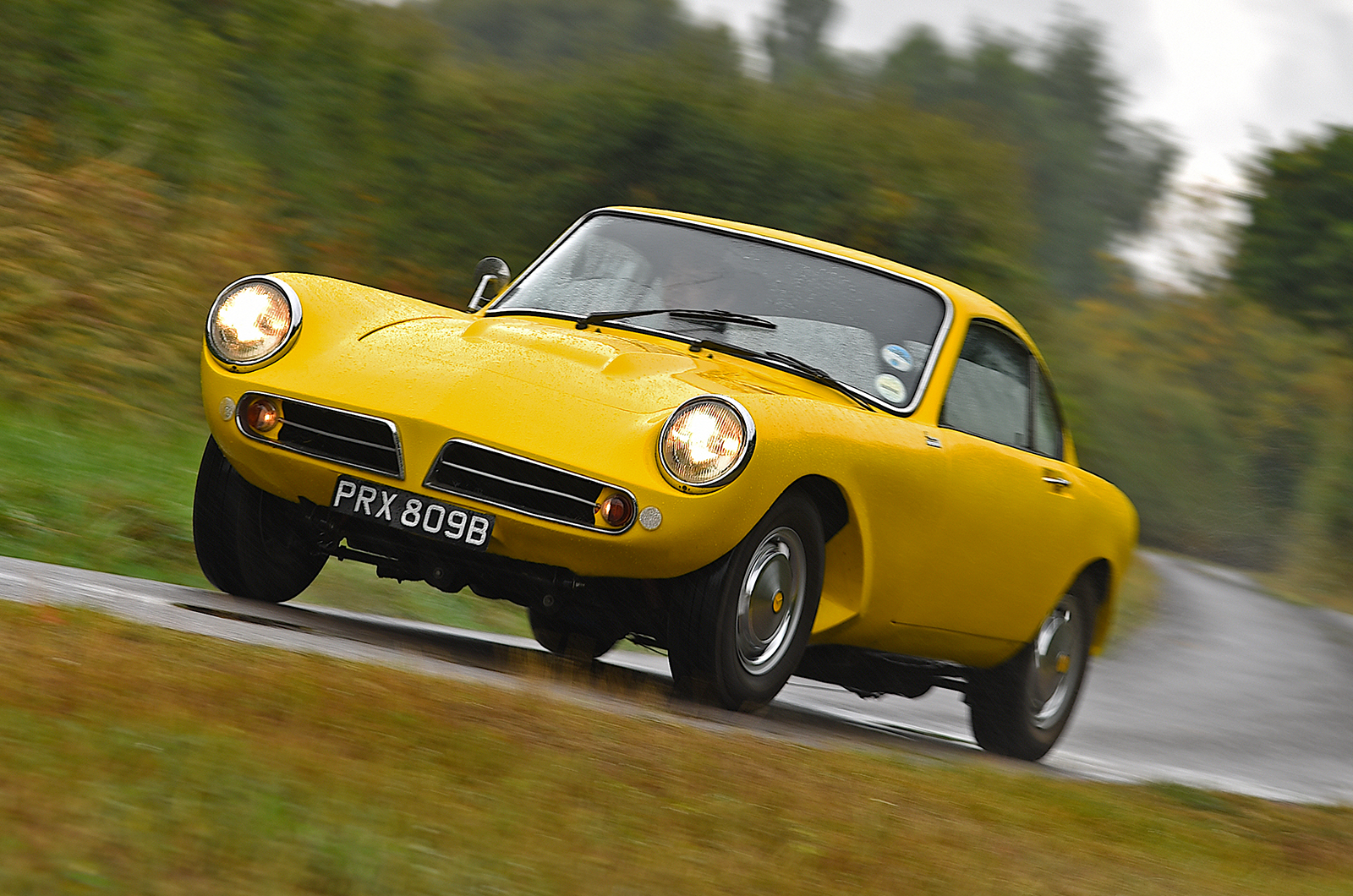The great tragedy of this was that not only did the Flamingo miss out on the crossflow Kent engine, but a Ford Fairlane V8-powered Flamingo never went beyond the prototype stage.
In the process, the world lost what could have been a thrilling alternative to a TVR Griffith or an AC Cobra.
Images: Will Williams
Thanks to: Glenn Loxton and Legends Automotive
Glass Sport Motors, 1957-’65
The classic GSM Flamingo is a rare sight
Bob van Niekerk and Willie Meissner built and tuned racing cars based on Austins, MGs and Peugeots in order to take part in South Africa’s clubmans scene in the 1950s.
They thought they could create a better affordable sports car than those on offer at the time, but also knew South Africa didn’t possess the industrial ability to produce the lightweight bodywork they wanted.
Then Meissner visited the UK in 1956 and discovered glassfibre.
Meissner and van Niekerk realised that the material was perfect for a low-volume sports car maker, and van Niekirk came to the UK and lined up Rootes designer (and fellow South African) Verster de Wit to help style the new car’s body.
GSM’s first car, the Dart, was designed to take on the Austin-Healey Sprite
The sports car, which would become the GSM Dart (above), had its body styled first, with van Niekirk and Meissner needing to complete the moulds before returning to South Africa.
The Dart was built on a twin-tube steel chassis with Ford running gear. It proved popular enough to attract the attention of British investors, leading to the foundation of UK sister firm GSM Cars Ltd, which built around 70 Darts – marketed as the Delta – in Kent.
GSM’s second and final model was the Flamingo, a neat closed GT designed to complement the Dart. It bore some resemblance to the roadster, but the body and chassis were all-new.
Sadly, over-expansion of the South African business meant more cars were produced than GSM could sell, and in ’65 the firm folded, having built 116 Darts and 128 Flamingos.
Factfiles
GSM Flamingo 1500
- Sold/number built 1964/128
- Construction steel chassis, glassfibre body
- Engine all-iron, ohv 1498cc ‘four’, single twin-choke carburettor
- Max power 83bhp @ 5200rpm
- Max torque 97lb ft @ 3600rpm
- Transmission four-speed manual, RWD
- Suspension independent, at front by double wishbones, rubber cones rear live axle, trailing arms, Panhard rod, coil springs; telescopic dampers f/r
- Steering worm and peg
- Brakes discs front, drums rear
- Length 12ft 4in (3760mm)
- Width 5ft (1537mm)
- Height 4ft 1in (1245mm)
- Wheelbase n/a
- Weight 1630lb (739kg)
- 0-60mph 9.7 secs
- Top speed 100mph
- Mpg 28-38
- Price new R2500
- Price now £15-30,000*
*Prices correct at date of original publication
Enjoy more of the world’s best classic car content every month when you subscribe to C&SC – get our latest deals here
READ MORE
AC 428: a Cobra for the jet set
Triumph Spitfire vs MGB vs Lotus Elan: a new dawn
Roll of thunder: TVR 350i vs TVR Chimaera 400
Charlie Calderwood
Charlie Calderwood is Classic & Sports Car’s Features Editor
